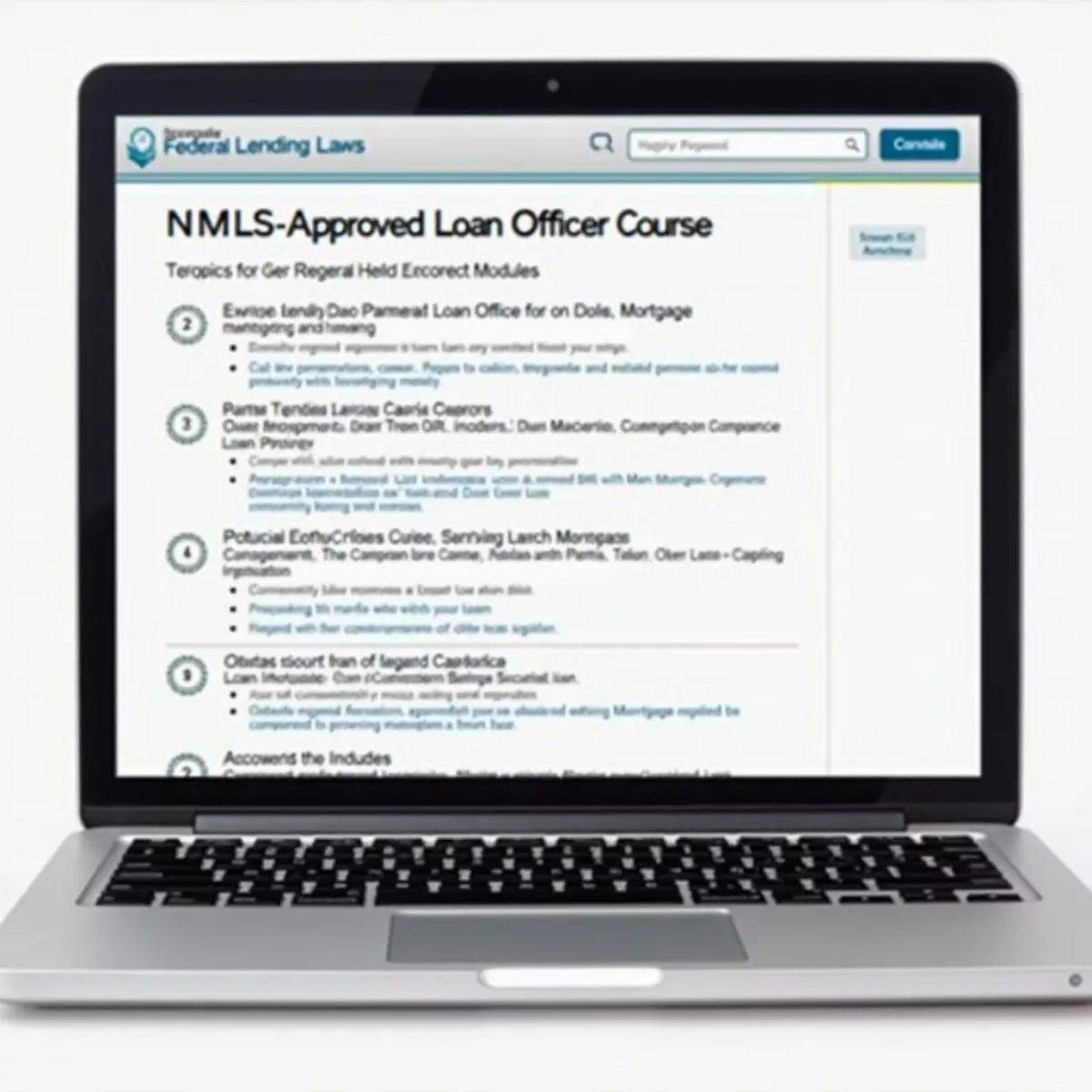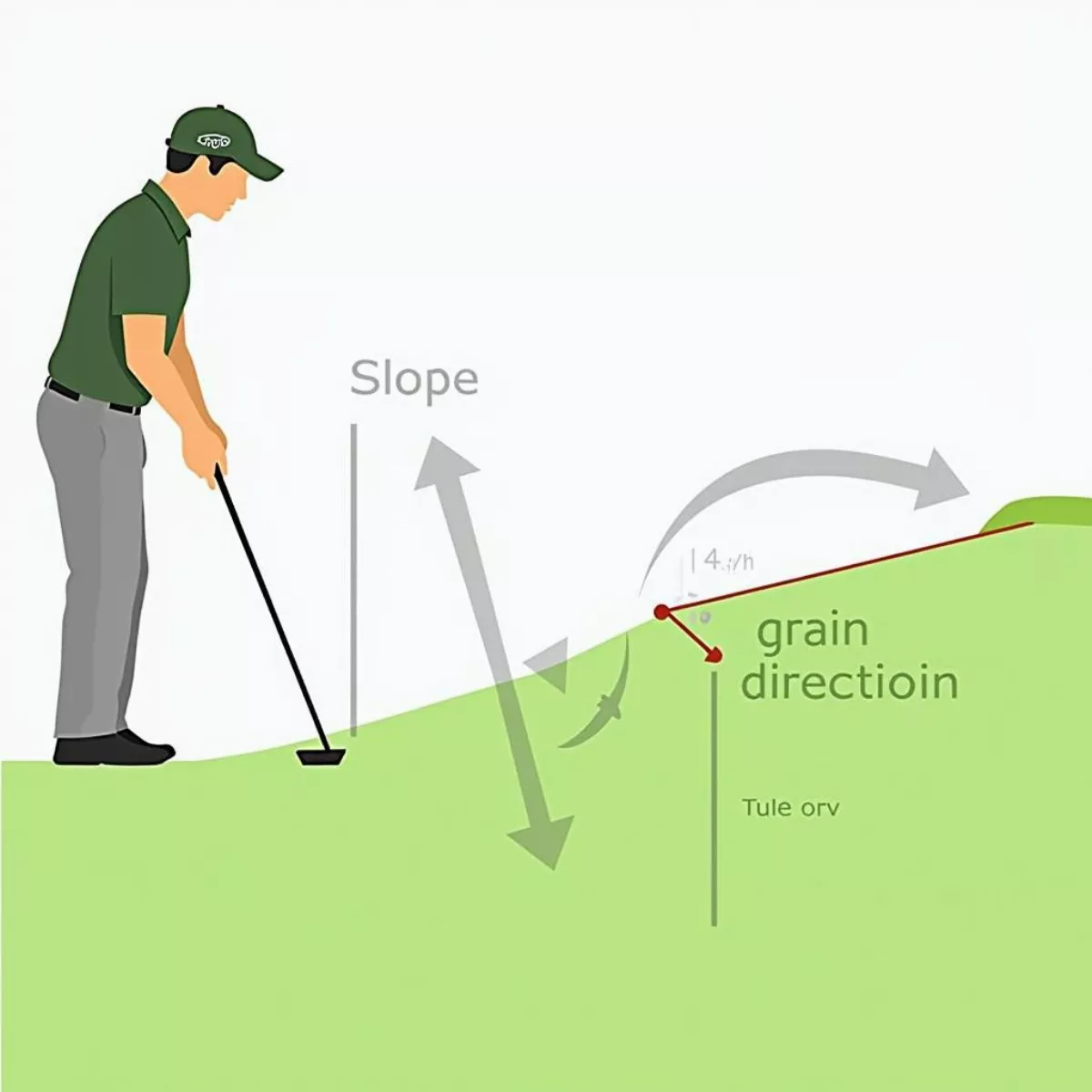Carrying a golf bag with one strap may seem like a simple task, but there’s a right way and a wrong way to do it. Mastering this technique can enhance your golfing experience, making it easier to walk the course without exhausting your muscles or straining your back. This guide is packed with tips, techniques, and insights on how to carry a golf bag effectively and comfortably. Whether you’re a novice golfer or a seasoned pro, this guide will make your next round more enjoyable.
Why Carrying a Golf Bag Correctly Matters
Before we jump into the how-to, let’s talk about why it’s important to carry a golf bag correctly.
- Prevents Injury: A poorly adjusted bag or incorrect carrying technique can lead to back strain, shoulder pain, or neck problems.
- Enhances Performance: Carrying your bag properly allows you to focus on your game rather than discomfort.
- Improves Stamina: An ergonomic setup helps you maintain energy levels, letting you perform better throughout your round.
Use the following techniques to ensure you’re carrying your golf bag efficiently and comfortably.
 Golfer walking on course with bag
Golfer walking on course with bag
Choosing the Right Golf Bag
Before you can master the technique of carrying your golf bag, you need to start with the right one. The main types of golf bags are:
- Stand Bags: Lightweight and designed for walking, equipped with built-in legs.
- Cart Bags: Heavier, optimized for golf carts, and generally offer more storage.
- Sunday Bags: Ultra-light and compact, excellent for quick rounds.
When choosing a bag, consider the following features:
- Weight: Lighter bags are easier to carry.
- Padding: Look for padded straps to reduce shoulder discomfort.
- Adjustability: Straps that adjust easily will allow for a better fit.
Top Recommendations for Golf Bags
| Type | Best For | Weight | Price Range |
|---|---|---|---|
| Stand Bag | Walking on the course | 2-5 lbs | $100-$300 |
| Cart Bag | Use on a motorized cart | 4-9 lbs | $150-$400 |
| Sunday Bag | Quick rounds or traveling | 1-3 lbs | $50-$150 |
How to Prepare for Carrying Your Bag
Once you’ve chosen the right bag, preparing it both physically and mentally is the next step.
Organizing Your Bag
Here’s how to organize your bag for easy carrying:
- Clubs: Place frequently used clubs at the top.
- Accessories: Store balls, tees, and gloves in easily accessible pockets.
- Weight Distribution: Keep heavier items lower to balance the bag.
 Organizing golf clubs and accessories
Organizing golf clubs and accessories
Adjusting the Strap
Properly adjusting the strap is crucial to carrying your golf bag comfortably:
- Length: Ensure the strap is adjusted so that the bag rests comfortably at your hip.
- Padded Sections: The padded sections should sit against your shoulder, preventing slippage.
The Proper Technique for Carrying a Golf Bag with One Strap
Step-by-Step Guide
- Position the Bag on the Ground:
- Lay the bag on its side, ensuring access to the strap.
- Grab the Strap:
- Stand next to the bag, grab the strap with the opposite hand.
- Lift the Bag:
- Bend your knees, keeping your back straight. Lift the bag using your legs, not your back.
- Adjust the Bag on Your Shoulder:
- Slide the strap over your shoulder and adjust the position so it sits comfortably. The bag should ideally rest against your hip, which allows for balance.
- Find Your Stance:
- Keep your feet shoulder-width apart for better balance. Maintain a slight bend in your knees to absorb pressure.
- Walking Technique:
- Engage your core while walking. This will help distribute the weight more evenly, reducing the strain on your shoulder.
 Correct posture for carrying golf bag
Correct posture for carrying golf bag
Tips for Extra Comfort
Make your golf experience even better with these extra tips:
- Take Breaks: If you’re feeling fatigued, take breaks to rest your shoulder and back.
- Hydration: Stay hydrated to keep your muscles functioning well.
- Consider a Stand Bag: These bags make walking easier, thanks to their lightweight nature.
“Golf is not just about swinging clubs; it’s about enjoying the journey.” – Anonymous
Post-Round Care for Your Shoulders and Back
After your round, be sure to care for your body:
- Stretch: Perform gentle stretches focused on the shoulders, back, and legs.
- Foam Roll: Consider using a foam roller to relieve any tight muscles.
- Ice or Heat Therapy: Apply ice for swelling or heat for muscle relaxation.
Key Takeaways
- Choose the right golf bag based on your needs.
- Organize your bag for easy access and balanced weight.
- Adjust the strap to ensure comfort while carrying.
- Use the proper lifting technique to avoid injury.
- Stay hydrated and take breaks if needed.
FAQ Section
1. How heavy is a typical golf bag?
- A typical golf bag weighs between 2-9 lbs, depending on the type (stand, cart, or Sunday bag).
2. Can I use a cart bag while walking?
- While possible, it’s not recommended as cart bags are designed for use on golf carts and can be bulky for walking.
3. What should I do if the bag is slipping off my shoulder?
- Make sure the strap is adjusted correctly. Consider wearing a golf shirt or jacket with fabric that grips better.
 Golfer adjusting bag strap
Golfer adjusting bag strap
4. How often should I clean my golf bag?
- Clean your golf bag regularly, ideally after every use, to maintain its integrity and appearance.
5. What should I look for in a comfortable strap?
- Look for padding, adjustability, and wide straps to help distribute weight evenly.
6. Are there any ergonomic bags available?
- Yes! Many brands offer bags specifically designed for ergonomic comfort, featuring specialized straps and weight distribution systems.
7. How can I strengthen my shoulders for better carrying?
- Improve shoulder strength through exercises like shoulder presses, lateral raises, and resistance band workouts.
8. Is it better to carry a golf bag or use a golf cart?
- It depends on your preference. Carrying promotes exercise, while using a cart can save energy, especially on longer courses.
9. How do I choose the best bag for my playing style?
- Consider how often you walk versus riding a cart, as well as how much gear you typically carry, to identify your best option.
10. Can carrying a golf bag improve my game?
- While it won’t directly affect your technique, improved comfort and reduced fatigue can help you focus better on your game.
In conclusion, carrying a golf bag with one strap can significantly enhance your golfing experience if done correctly. Follow these tips, practice the techniques, and focus on comfort and ergonomics. Happy golfing!

 Golfer taking a swing with an iron on golf course
Golfer taking a swing with an iron on golf course Golfer planning his next shot on the green
Golfer planning his next shot on the green Golfer selecting club from his bag
Golfer selecting club from his bag
 Golfer Planning Shot
Golfer Planning Shot Golfer Maintaining Composure
Golfer Maintaining Composure Golf Lesson with Professional
Golf Lesson with Professional
 Golfer visualizing their next shot
Golfer visualizing their next shot Golfer using alignment sticks for practice
Golfer using alignment sticks for practice
 TaylorMade SIM2 Max Irons
TaylorMade SIM2 Max Irons Golf Club Fitting Session
Golf Club Fitting Session
 Online Loan Officer Course
Online Loan Officer Course Job Search for Loan Officers
Job Search for Loan Officers Loan Officer Job Growth
Loan Officer Job Growth
 Golf Course Construction in Progress
Golf Course Construction in Progress Spectacular Aerial View of a Golf Course
Spectacular Aerial View of a Golf Course
 Types of Golf Putters
Types of Golf Putters